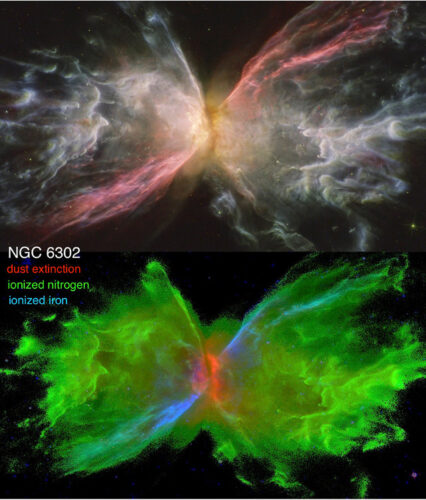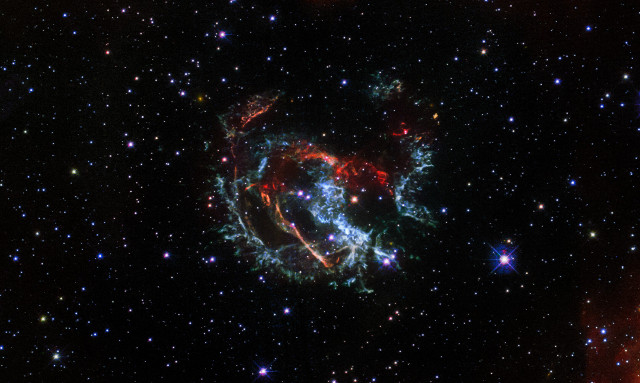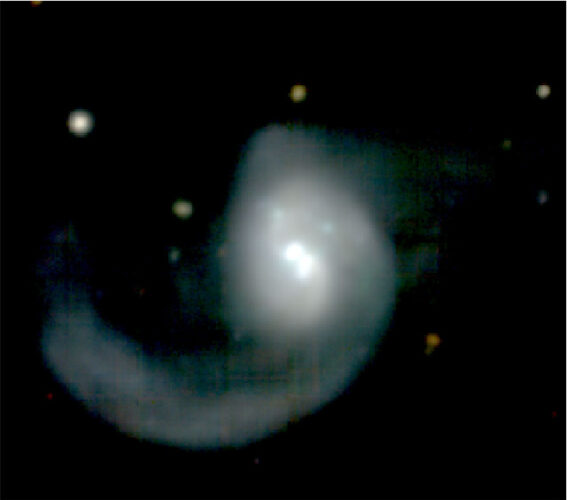
The details of the solar plumelets offer new insights into the Sun’s activity
An article published in “The Astrophysical Journal” reports a study on some structures that make up the solar plumes which are called plumelets in jargon. A team of researchers led by Vadim Uritsky of the Catholic University of America and NASA’s Goddard Space Flight Center applied cutting-edge image processing algorithms to NASA data to obtain unprecedented resolution images of solar plumelets. These structures are small but this study suggests they may play a crucial role in the solar wind, whose influence extends to the border with interstellar space.





